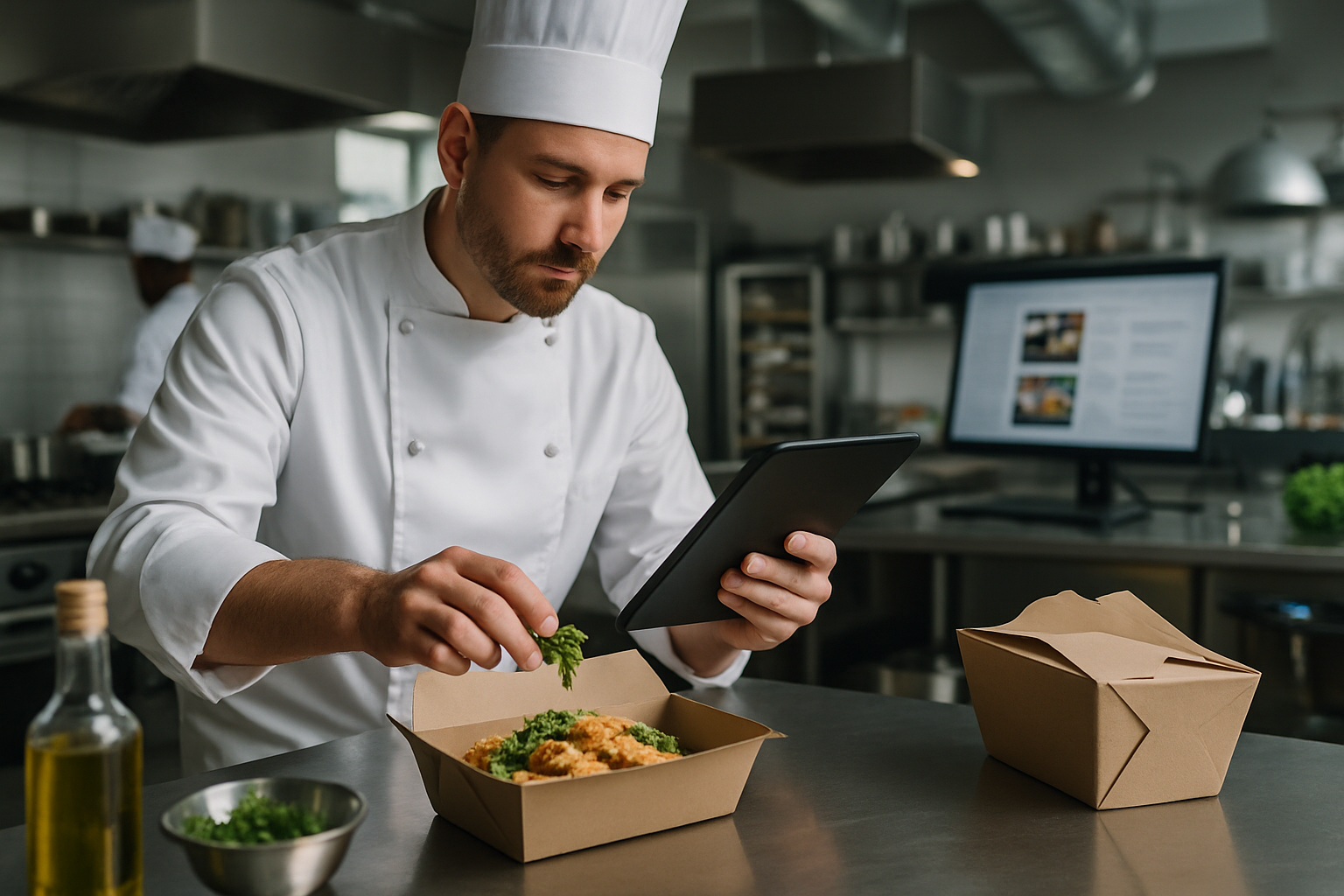Automation in small-scale kitchens: balancing speed and craft
Small-scale kitchens are adopting automation to increase consistency and handle higher order volumes while preserving culinary identity. This shift requires thoughtful integration of machines, workflows, and staff roles so that speed and craft coexist. Operators must evaluate where automation enhances quality, where manual technique is essential, and how systems affect sustainability, sourcing, and customer experience.

Automation in small-scale kitchens: balancing speed and craft
Small-scale kitchens face pressure to deliver faster service without sacrificing the intentionality of hand-crafted food. Automation can help with repetitive or precision tasks, freeing chefs to focus on flavor development and presentation, but it also introduces trade-offs in flexibility, training needs, and the sensory cues that guide cooking decisions. Clear goals and staged adoption are essential to maintain both consistency and culinary expression.
How does automation influence culinary craft?
Automation affects the culinary process in two main ways: it standardizes repeatable steps and it changes how staff engage with food. Devices that portion, mix, or heat uniformly reduce variability and food waste, which supports consistent quality. However, excessive mechanization can dull sensory learning—tactile and visual feedback that teaches cooks how recipes evolve. The best implementations use machines for routine precision while designers preserve opportunities for hands-on technique and creative adjustments.
What changes to the menu support automation?
Designing a menu for partial automation means choosing dishes that tolerate process segmentation and benefit from repeatability. Modular recipes, assembly-line plating, and components that scale predictably (sauces, grains, proteins with consistent cuts) are good candidates. Menus can include chef-driven specials or finishing steps performed manually to keep a handcrafted appeal. Balancing automated base preparation with human-led finishing maintains menu diversity and allows rapid service without losing culinary identity.
How can beverage workflows be automated without losing quality?
Beverage automation—measured dosing, automated cold brew systems, or programmable espresso machines—improves consistency in taste and reduces training time. To retain craft, reserve artisanal elements for human touchpoints: bespoke garnishes, manual pour-overs for specialty offerings, or last-minute flavor adjustments. Traceable ingredient sourcing and clear calibration protocols ensure that automated beverage lines produce repeatable results while leaving room for limited-run, barista-curated experiences.
How does sustainability factor into automated kitchens?
Automation can reduce waste through precise portioning, energy-efficient equipment, and better inventory forecasting. Smart systems that track ingredient use support sustainable sourcing choices and reduce spoilage. However, equipment manufacturing, maintenance, and packaging for automated components can add environmental costs. Evaluate lifecycle impacts of new devices, prioritize energy- and water-efficient models, and integrate automation with reuse-friendly packaging and composting programs to align speed gains with sustainability goals.
How to manage sourcing, traceability, and localization with automation?
Automated inventory and tracing software simplify record-keeping for suppliers, lot numbers, and expiration dates, improving food safety and transparency. Localization benefits when systems prioritize short-supply chain inputs: scheduled procurement alerts can favor nearby farms and seasonal items. Keep workflows adaptable so operators can swap suppliers or adjust recipes based on availability. Combining digital traceability with local sourcing policies strengthens both resilience and storytelling for customers.
How can fermentation and plantbased production work with automation?
Fermentation and plant-based production involve biological variability that challenges rigid automation, but targeted tools can support these areas. Controlled fermentation chambers, automated temperature monitoring, and reproducible culturing workflows help scale fermented products while preserving flavor complexity. Plant-based preparations that rely on consistent processing—tempeh presses, vege-protein cutters, or extrusion for alternatives—benefit from automation to meet demand. Maintain sensory checks and small-batch experimentation alongside automated runs to protect product nuance.
Conclusion
Balancing speed and craft in small-scale kitchens means using automation selectively: automate repetitive and precision tasks that improve consistency and sustainability while retaining human oversight for sensory judgment and creative finishing. Menu design, beverage workflows, sourcing choices, and production of fermented or plant-based items should all be evaluated for where machines create real value and where hands-on skill must remain. Thoughtful integration—staged deployment, staff training, and lifecycle assessment—lets kitchens gain efficiency without losing the culinary character that distinguishes them.





